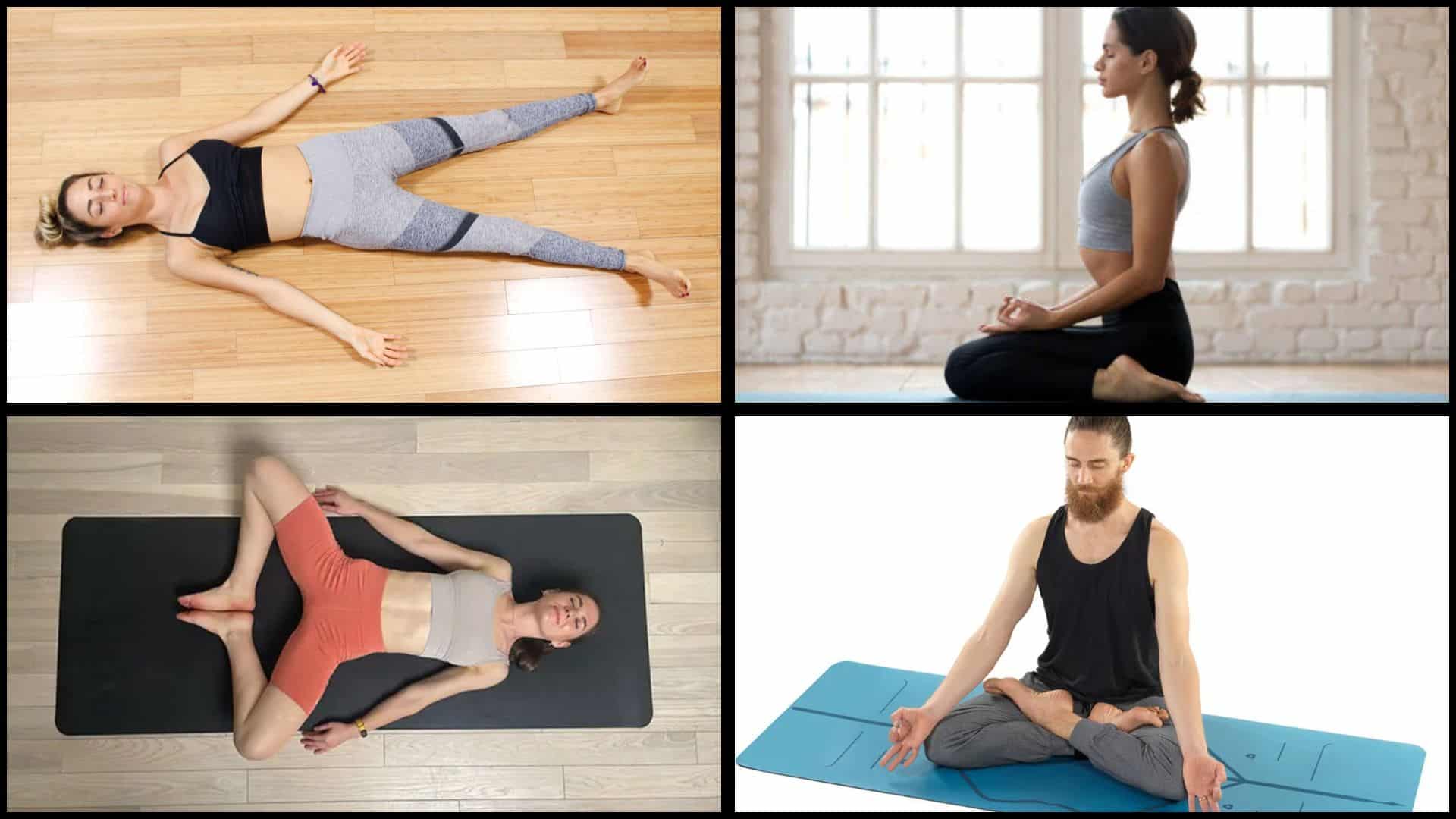Why do you feel restless and uncomfortable during meditation, while others seem to find it effortless? The secret lies in finding the right meditation poses for your unique body.
Meditation postures are simply different ways you can position yourself to create a comfortable foundation for practice. If sitting cross-legged, in a chair, or lying down, each position offers distinct benefits.
I’ll show you everything about meditation poses, from basic principles to personal adaptations.
You’ll learn how proper posture changes your entire experience, making it easier to focus and stay comfortable longer.
Why Posture is Important for Meditation
Your body position affects how well you can focus during meditation. A straight spine helps you breathe better and stay alert. When you sit up tall, energy flows freely through your body. This makes it easier to concentrate.
Good posture also helps you feel grounded and stable. You can try sitting cross-legged, in a chair, or even lying down. Each position has benefits. Sitting keeps you awake and focused. Lying down helps if you feel tense.
Don’t worry if you can’t sit perfectly straight. Many beginners struggle with traditional poses. You can use cushions, chairs, or lean against a wall for support. The key is finding a position that feels comfortable.
Even people with back problems can meditate successfully. What matters most is maintaining a relaxed state while keeping a naturally upright posture.
Key Principles of a Good Meditation Posture
Getting your posture right makes meditation much easier and more enjoyable. These simple tips will help you sit comfortably while staying focused.
- Spine alignment: Keep your spine straight but not stiff, like a string gently pulling you up from the top of your head.
- Shoulders and chin: Let your shoulders drop naturally and tuck your chin slightly to create a straight line from head to tailbone.
- Mind-body connection: Feel connected to the ground beneath you by imagining roots growing from your body deep into the earth below.
- Balance point: Find the spot where you feel steady without leaning forward or backward, letting your body sit naturally upright.
Practice these basics, and your body will automatically remember them. Soon, good posture will feel natural and comfortable during every meditation session.
Popular Meditation Poses
I’ve compiled various meditation poses that cater to all skill levels and body types. You can choose the ones that feel most comfortable and help you focus better during your practice.
1. Easy Pose


This is the most beginner-friendly meditation pose that anyone can try. Simply sit cross-legged on the floor with your hands resting on your knees. Keep your back straight but not stiff.
This pose helps you feel grounded and stable. It’s perfect for short meditation sessions. You can place a cushion under your hips for extra comfort if needed.
2. Lotus Pose


The lotus pose is considered the classic meditation position in many traditions. Place each foot on top of the opposite thigh with soles facing up. This creates a stable base that locks your legs in place.
The pose helps energy flow smoothly through your body. It takes practice to achieve, so don’t force it. Start slowly and be patient with your flexibility.
3. Half Lotus Pose
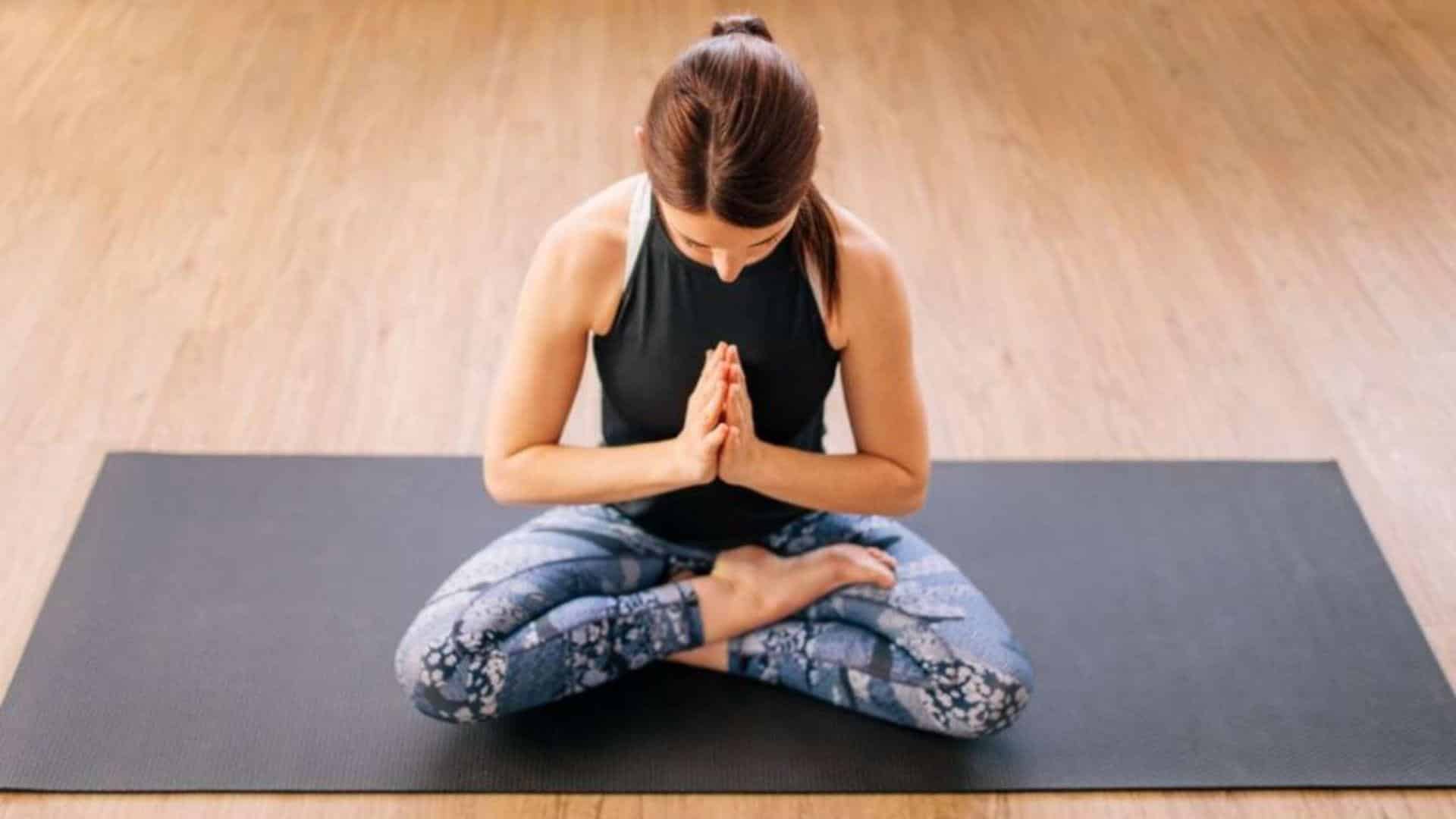

This pose offers the benefits of the lotus pose but with less strain on your hips. Place one foot on the opposite thigh while the other foot stays under the opposite leg.
It’s easier than full lotus but still provides good stability. You can switch which foot goes on top during longer sessions. This position helps improve your hip flexibility over time.
4. Burmese Position
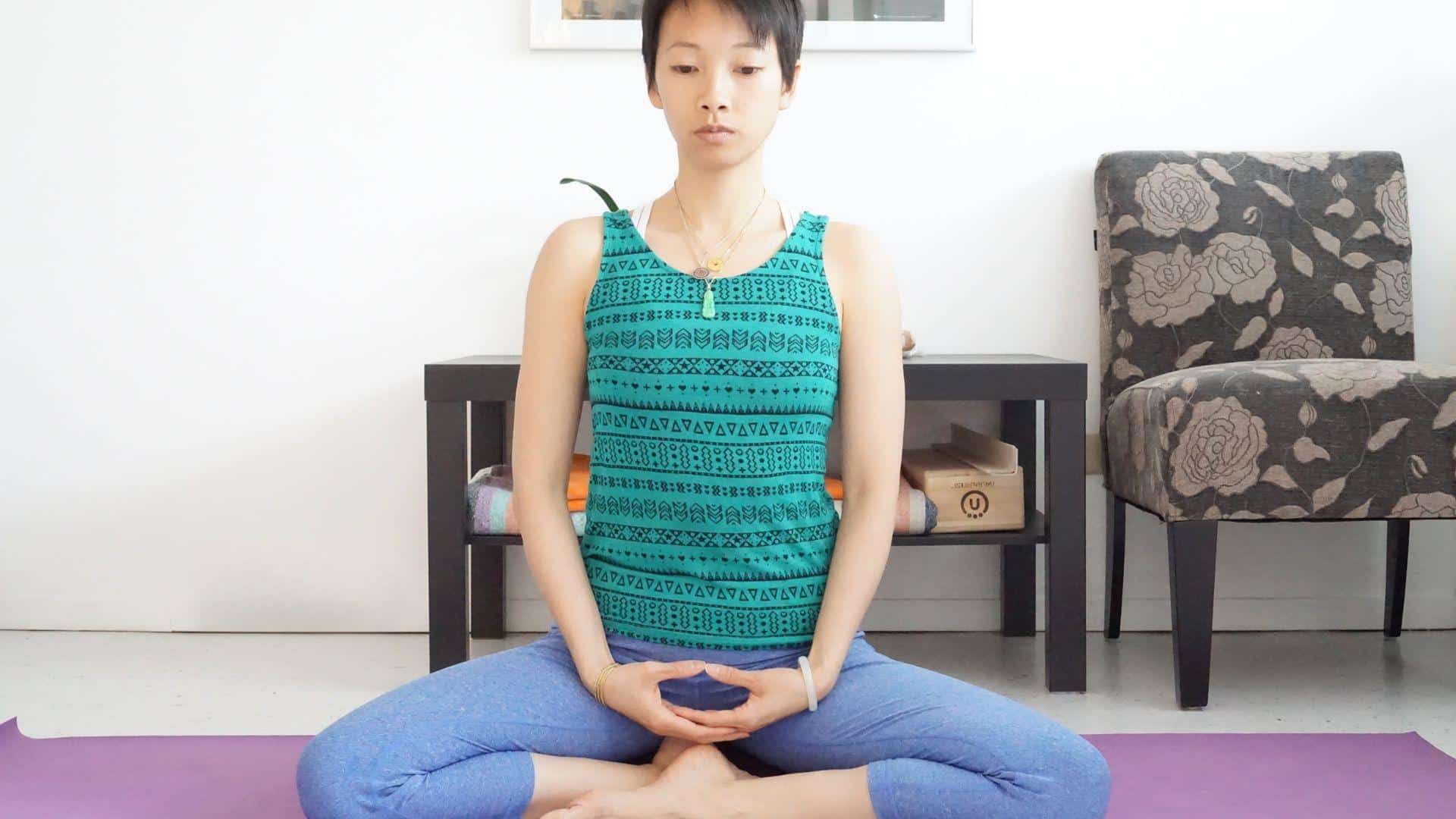

The Burmese position is gentler on your knees than traditional cross-legged poses. Both feet rest flat on the floor in front of you, with ankles crossed but not stacked. This creates a wide, stable base for meditation.
Your knees don’t need to touch the ground. It’s comfortable for people with tight hips or knee problems. Many meditation teachers recommend this pose for beginners.
5. Seiza
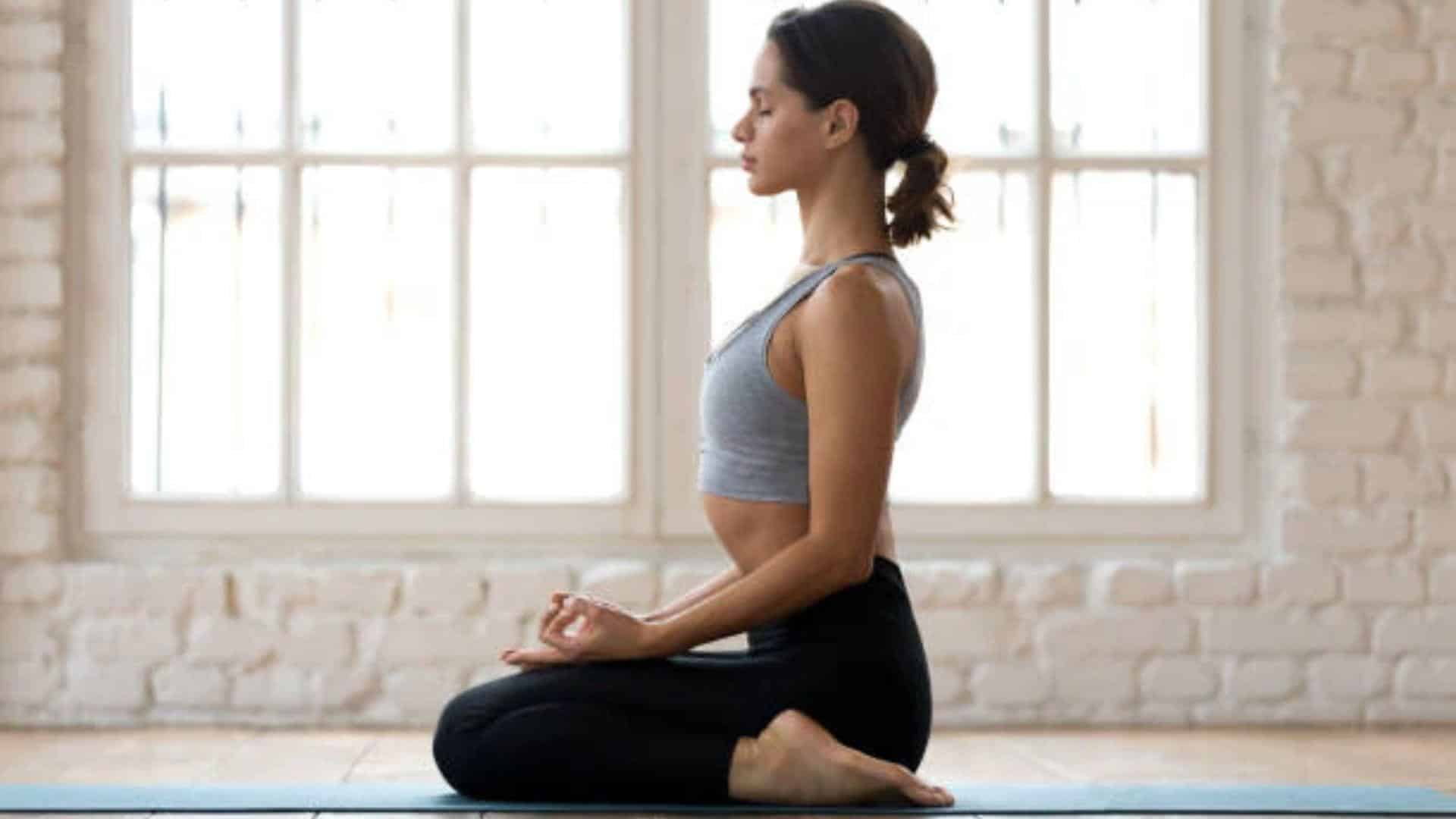

Seiza comes from Japanese meditation traditions and promotes an alert, dignified posture. Kneel with your buttocks resting on your heels and knees together. Keep your spine naturally upright and hands on your thighs.
This pose helps you stay awake during meditation. You can place a cushion between your calves and thighs for comfort. It’s excellent for maintaining focus and concentration.
6. Hero Pose
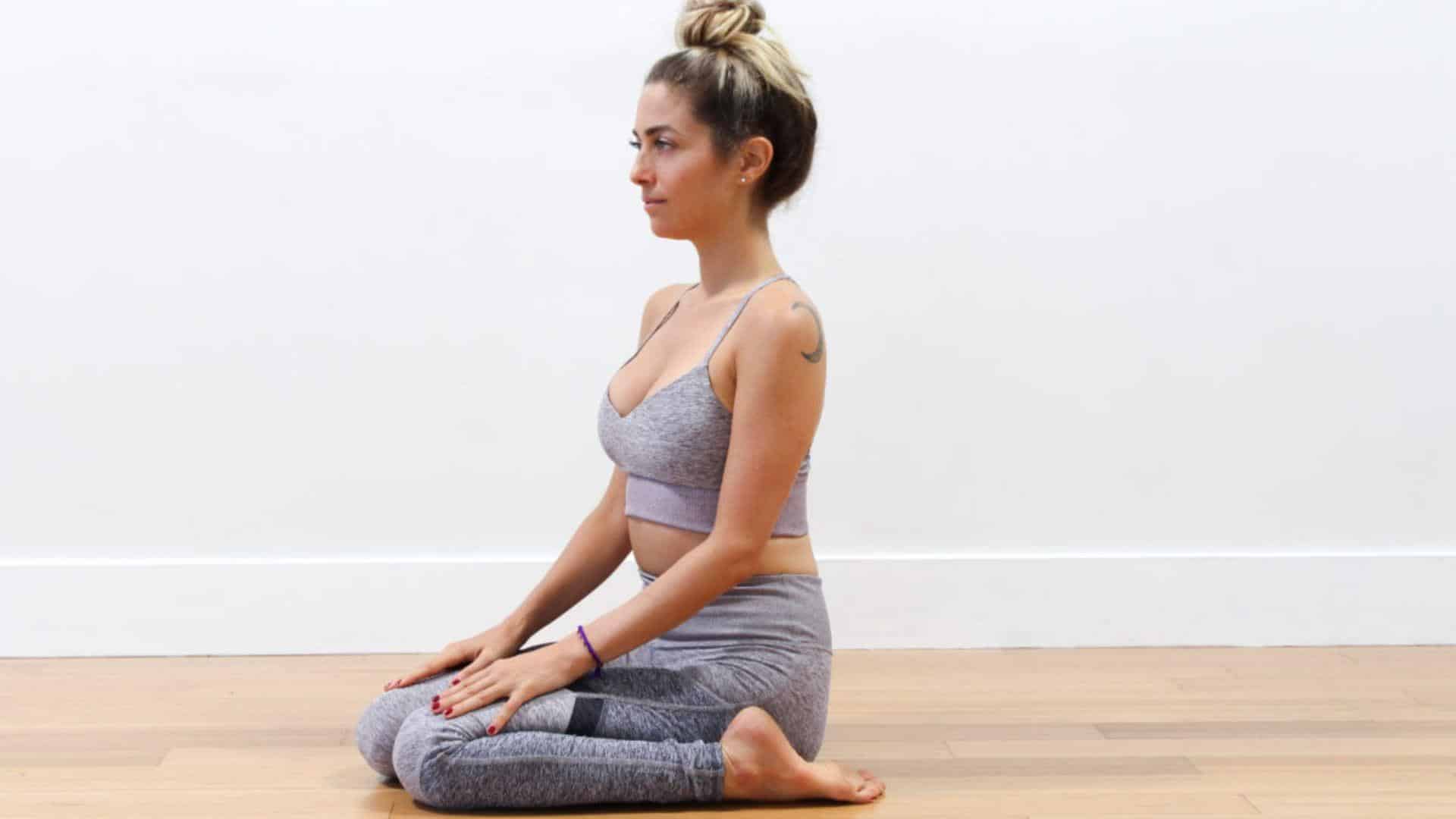

The Hero pose is unique because you kneel, but sit on the floor between your feet. Your knees point forward while your feet rest beside your hips. This position opens your ankles and stretches your thighs gently.
It’s great for people who find cross-legged sitting uncomfortable. The pose helps improve your posture throughout the day. Use a cushion under your hips if you feel any strain.
7. Seated Cat-Cow Pose


This moving meditation pose helps release tension while keeping you focused on your breath. Sit with your hands on your knees, then slowly alternate between arching and rounding your spine.
Move with your breath, inhaling as you arch and exhaling as you round. This gentle movement helps wake up your spine and calm your mind. It’s ideal for individuals who struggle to find stillness during meditation.
8. Standing Meditation


Standing meditation is unique because it combines stillness with gentle physical engagement. Stand upright with knees slightly bent and arms relaxed at your sides. This pose helps you feel strong and grounded like a tree.
It’s excellent for building physical and mental stamina. Standing meditation can help reduce restlessness during sitting practice. Start with short sessions and gradually increase the time.
9. Corpse Pose
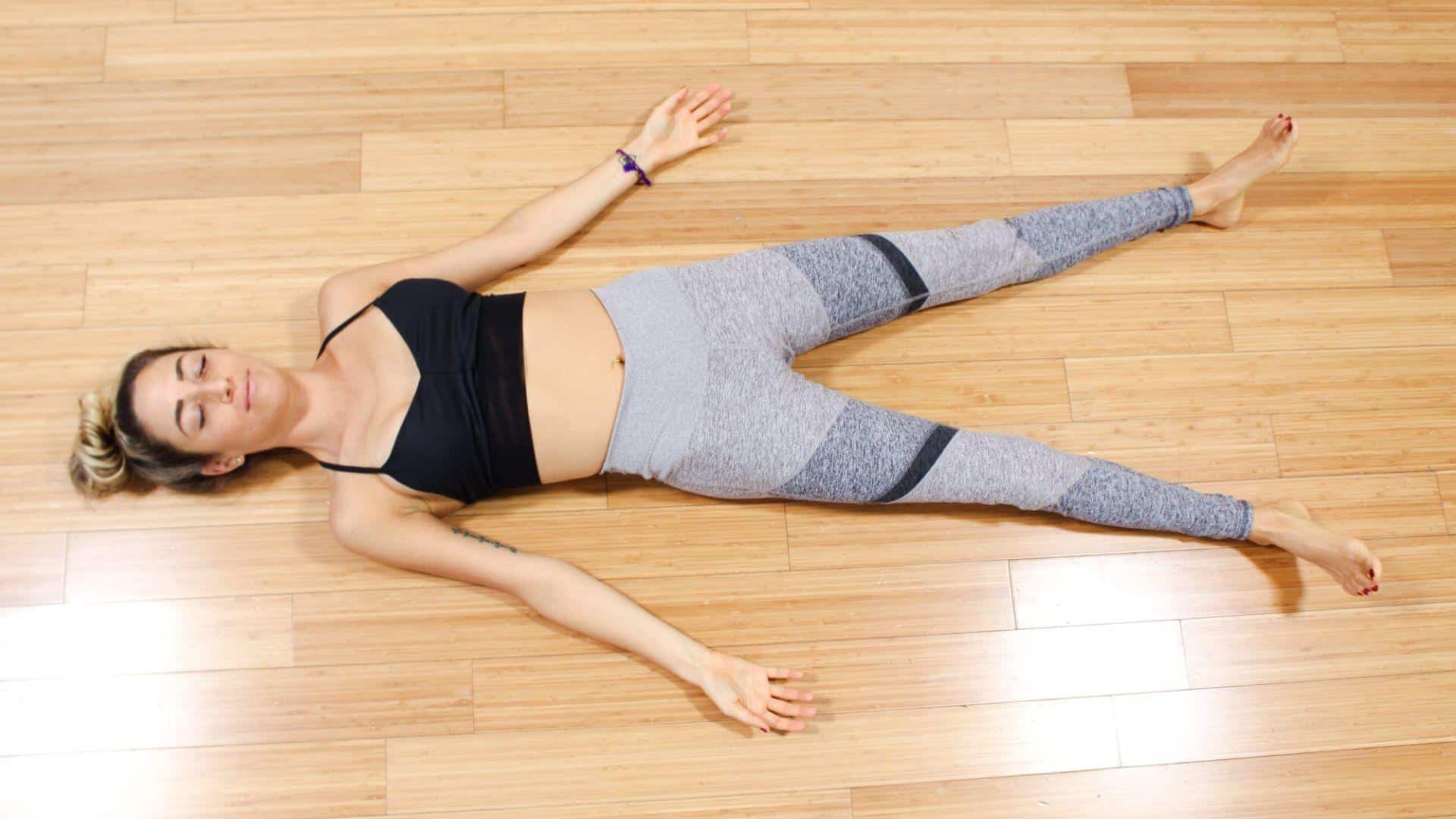

Corpse pose is the ultimate relaxation position for meditation and stress relief. Lie flat on your back with arms and legs comfortably spread apart. Let your body sink completely into the floor.
This pose helps release physical tension and mental stress. It’s perfect for guided meditations or body scan practices. Many people find it easier to focus when lying down rather than sitting up.
10. Reclining Bound Angle Pose
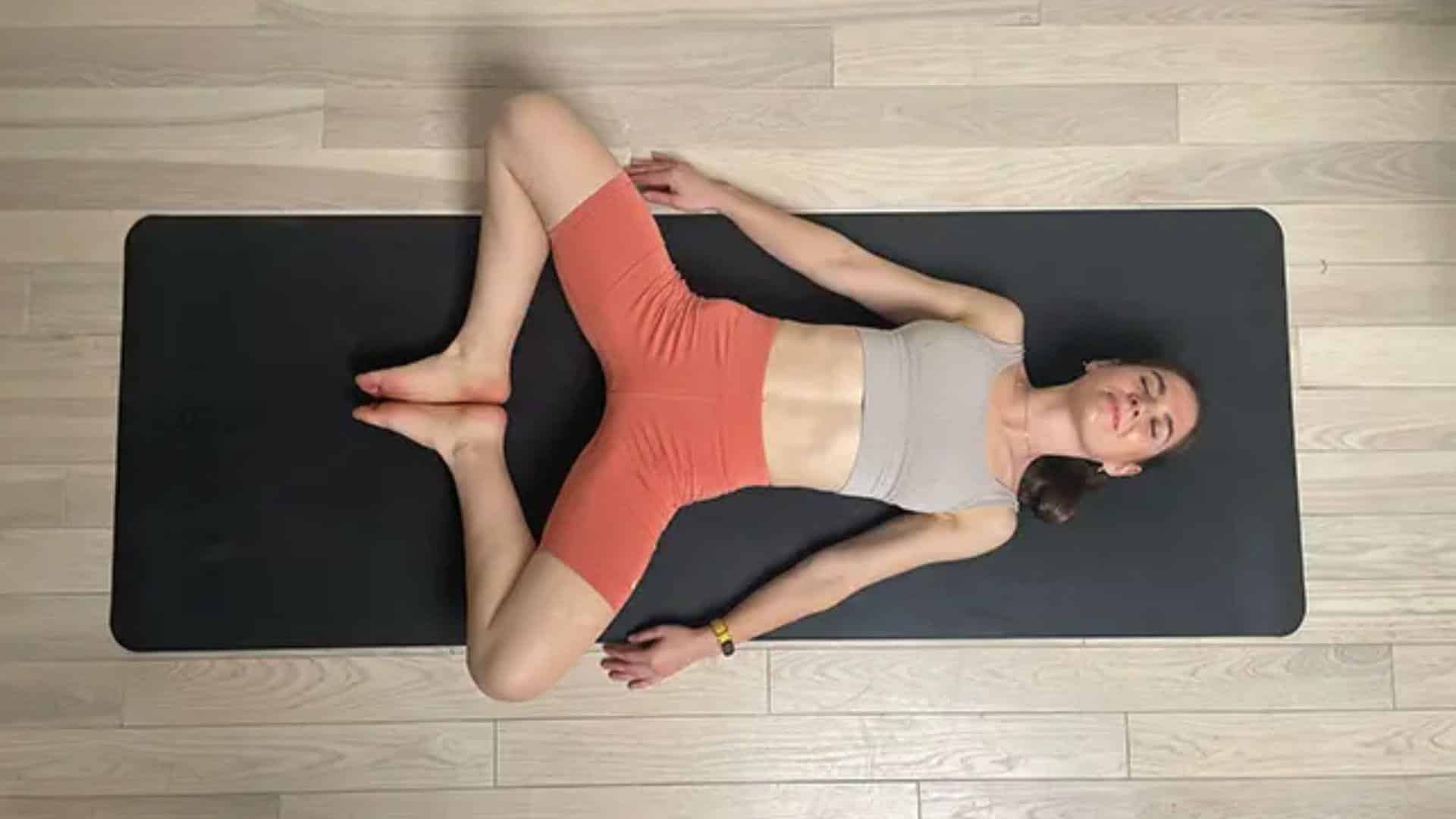

This gentle pose combines the benefits of lying down with a heart-opening stretch. Lie on your back, bring your feet together, and let your knees naturally drop apart. Place your arms comfortably at your sides.
This position gently opens your hips and chest. It’s wonderful for evening meditation or when you feel emotionally closed off. The pose helps you feel open and receptive to meditation.
11. Mountain Pose
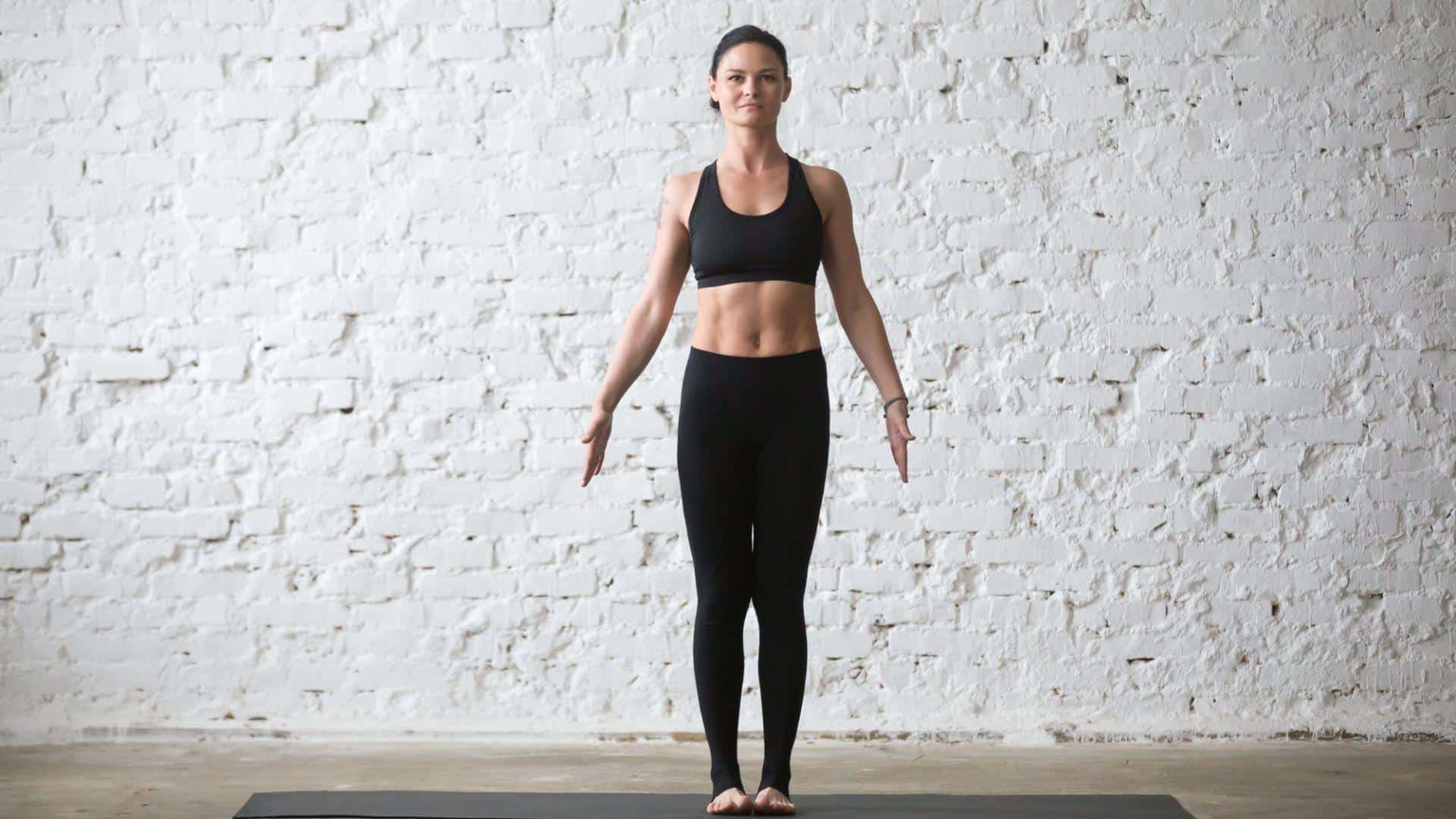

Mountain pose teaches you to stand with strength, stability, and a sense of presence. Stand tall with feet together and arms by your sides. Feel your connection to the earth beneath you.
This pose helps you practice mindful awareness in an upright position. It’s great for short meditation breaks during busy days. You can do this pose almost anywhere to quickly and effectively center yourself.
Adapting Meditation Poses for Your Body Needs
Everybody is different, and there’s no single perfect meditation pose that works for everyone. The key is finding what feels comfortable and sustainable for your unique needs.
- Use props: Place cushions under your hips, knees, or back for extra support, while blankets help you stay warm and comfortable.
- Modify poses: People with back pain should try chair meditation, while pregnant women can use supported side-lying positions for safety.
- Make adjustments: If your legs fall asleep, try a wider sitting position or switch between different poses during longer meditation sessions.
- Experiment freely: Try different poses for a few days each to find what works best for your body and energy levels.
Remember that comfort comes first, and proper meditation posture is whatever helps you focus best. The most important thing is that you can sit or lie still without constantly fighting discomfort.
Correct Posture for Longer Meditation Sessions
Sitting comfortably for extended periods requires practice and a suitable setup for your body. These tips will help you meditate for extended periods without fighting pain or stiffness.
| Tip | Description |
|---|---|
| Build Duration Gradually | Start with 5–10 minutes daily and increase by a few minutes each week to allow your body to adapt comfortably. |
| Schedule Movement Breaks | For sessions over 20 minutes, take short breaks to stretch your legs and adjust your posture as needed. |
| Listen to Body Signals | Pay attention to tension, numbness, or pain early and adjust your position before discomfort disrupts your practice. |
| Prepare Your Space | Set up your area with everything nearby (cushions, water, timer) to avoid reaching or awkward movement during meditation. |
| Be Patient and Consistent | Treat posture training like physical training — your body will adapt over time with the right approach and consistency. |
With patience and the right approach, your body will naturally adapt to longer periods of sitting. Remember that building endurance for meditation is just like training for any other physical activity.
Wrapping It Up
Finding the right meditation poses is like selecting your favorite shoes – once you find what fits, everything becomes easier and more enjoyable. Your practice is entirely personal, and what works for others might not suit your body.
That’s why experimenting with different postures is crucial for your improvement. I encourage you to try various poses this week and notice how each affects your comfort and focus.
Keep a simple journal tracking what feels good. Remember that your ideal position might change depending on energy or mood.
Stay patient and open to adjusting as you learn about your needs. Comment below and share which position feels most natural!




